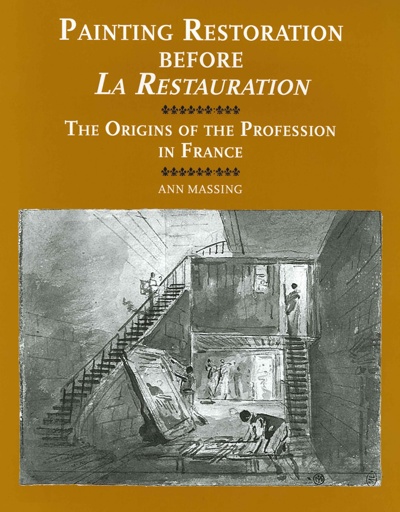
Painting Restoration before "La Restauration"
View publication
"For art historians of the Middle Ages and conservators, this book will remain an exemplary opus in its own right." (Richard Marks, in The Art Newspaper 214, June 2010)
"This substantial and sumptuously illustrated volume brings together a wealth of up-to-date art-historical and technical information concerning the celebrated thirteenth-century Westminster retable following its recent painstaking conservation at the Hamilton Kerr Institute in Cambridge." (Simon Watney, in: The Burlington Magazine, May 2010, CLII, p. 327)